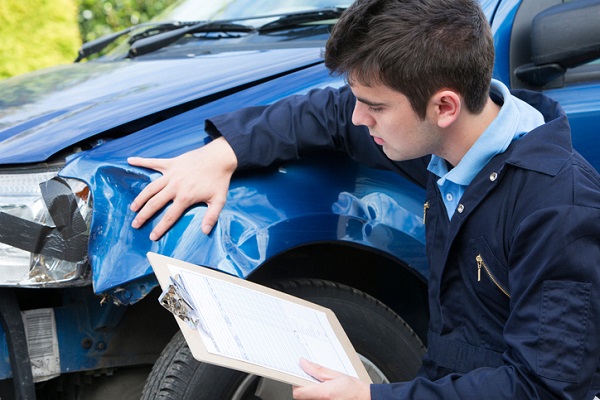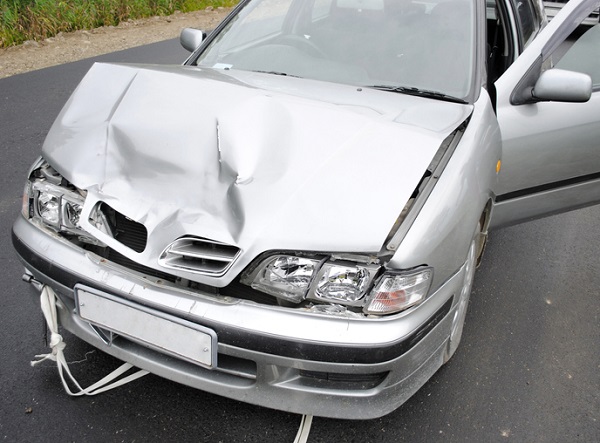Want to Become an Auto Body Technician? Here’s What You Should Know About Crumple Zones

As any auto body technician can tell you, modern cars have a tendency to crumple and deform in collisions. While this might seem like a flaw, either in design or choice of materials, it’s actually an intentional safety feature, and an important one at that.
Crumple zones, sometimes known as crash zones, are areas of a vehicle that are specifically designed to absorb the energy of a collision through crumpling or deforming on impact. Along with other modern safety features like airbags, seatbelts, and collapsible steering columns, they play an essential role in keeping drivers safe and reducing the risk of serious injuries in high-speed collisions.
If you’re interested in pursuing a career as an auto body technician at a collision repair shop, you can expect to encounter crumpled hoods and deformed trunks fairly regularly in your work, so it’s worth knowing how this now-standard safety feature came to be, and how it works to keep drivers safe.
Crumple Zones Were First Implemented by Mercedez-Benz in 1959
Crumple zones were invented by Béla Barényi, an Austro-Hungarian engineer who joined Mercedez-Benz in 1939.
Barényi was interested in the danger of vehicle rigidity, and the way that a rigid vehicle body transmits the energy of a collision to its occupants. Barényi’s answer to this problem was the crumple zone, which he patented in 1951. His design included a rigid central compartment for passengers, with crumple zones at the front and back intended to absorb the shock of an impact and protect those inside. His body design finally went into production with the 1959 Mercedez-Benz W111 series, and crumple zones have since become a standard feature across the industry.
How Crumple Zones Work Explained for Aspiring Auto Technicians
Auto technicians know that crumple zones improve safety in two ways: by slowing deceleration and absorbing force. Once the crumple zone of a car makes contact with the object of a collision, the car itself begins decelerating. While it may not seem like a significant difference, this pre-impact can extend the deceleration of a car by a few tenths of a second, which can be enough to substantially improve the safety of the driver and passenger inside.
At the same time, the crumple zone, in deforming and bending, absorbs some of the energy of the impact before it reaches the passengers inside. This is in contrast to a more rigid body, which would simply transfer that energy to the passenger, causing serious harm.

Crumple Zones Are Built with Frame Segments and Metals of Varying Strength
Crumple zones surround a rigid body often referred to as a “safety cell.” This allows the crumple zones to absorb the energy of the collision without simply collapsing on the passengers inside, who are protected by the more rigid compartment in which they’re seated. This combination can be highly effective in reducing, although not eliminating, the dangers posed by collisions.
The particular designs used by automakers in their crumple zones are often proprietary, and they can vary widely between different types of vehicles depending on their weight, size, and other factors. Some crumple zones make use of frame segments which are designed to bend in specific areas or collapse into themselves, some use different metals with varying strengths, and some even use honeycomb designs.
Regardless of the particular design, crumple zones play an integral role in vehicle safety, and when you become an auto body technician, you’ll have an opportunity to see firsthand the damage they’re capable of absorbing.

Are you interested in beginning a new career as an auto body technician?
Contact Automotive Training Centres for more information about our auto body technician training.

